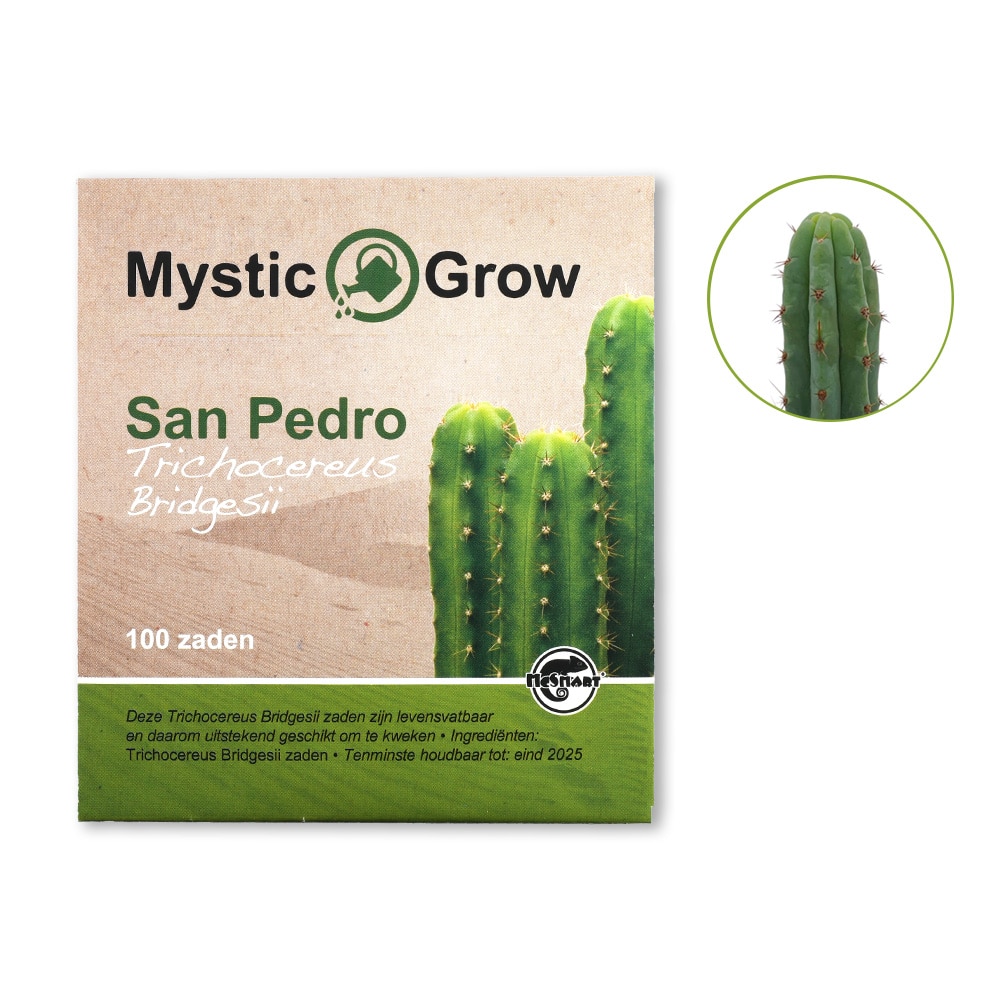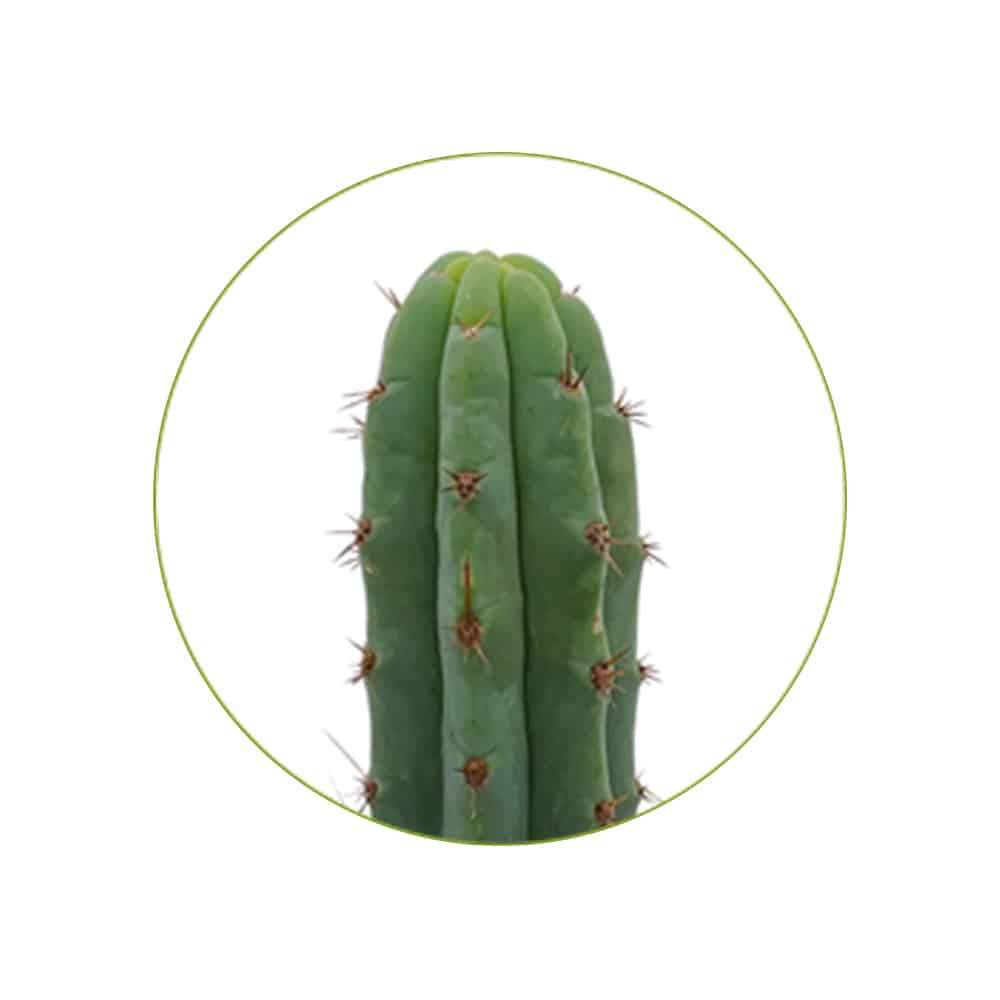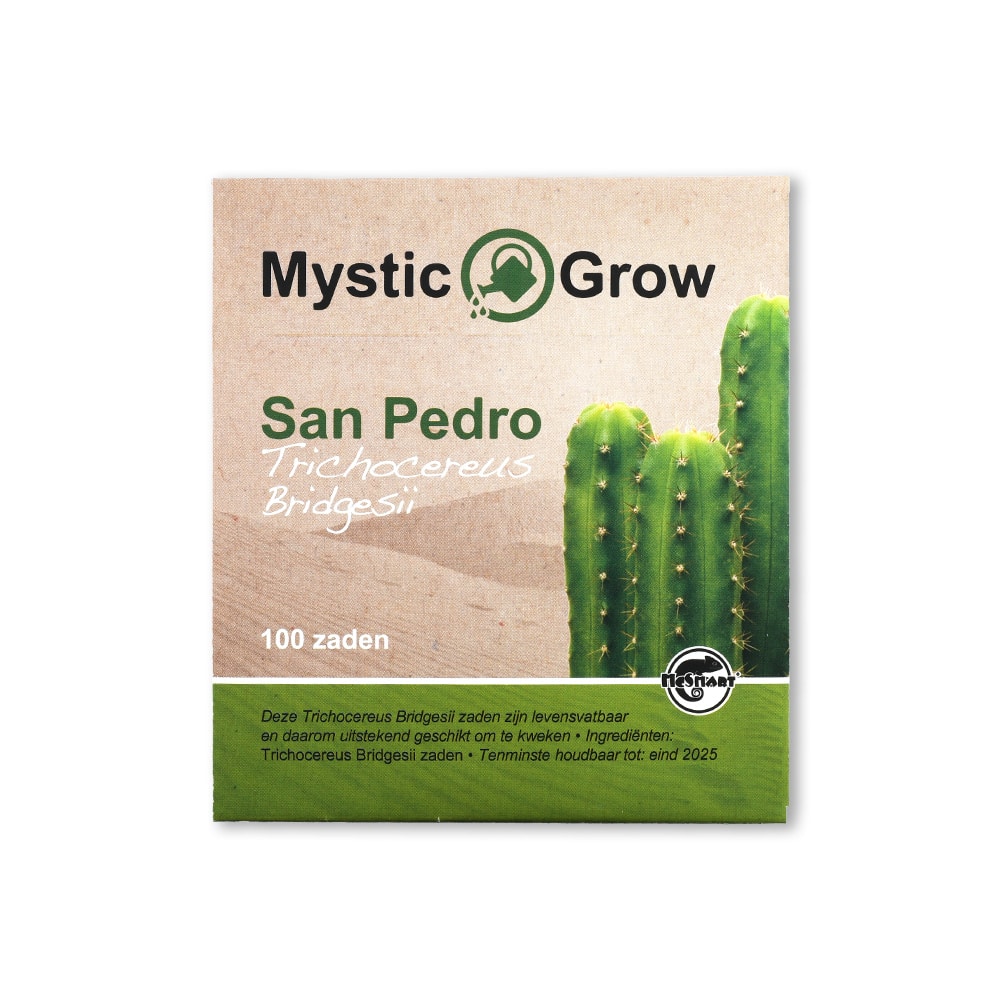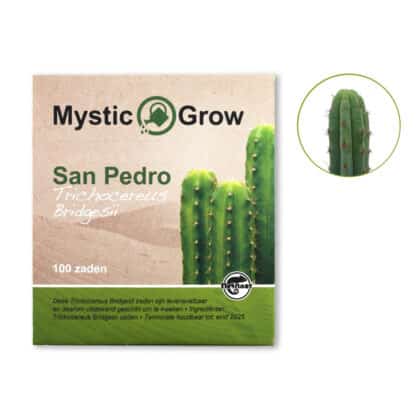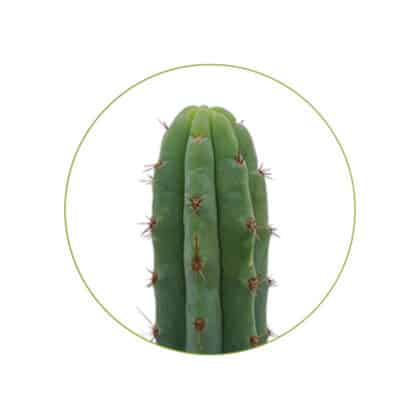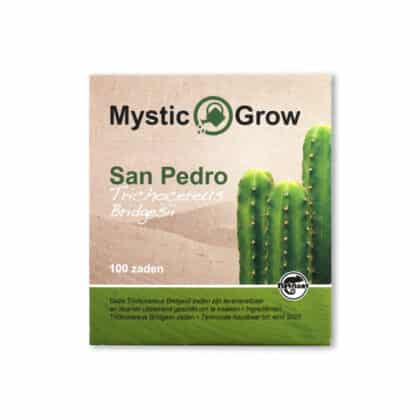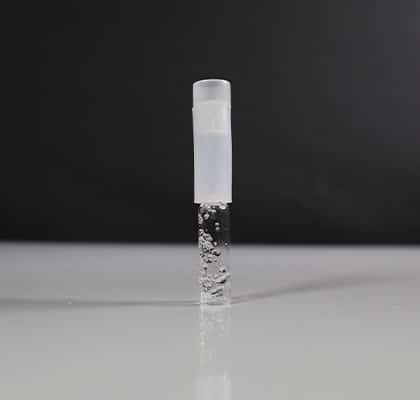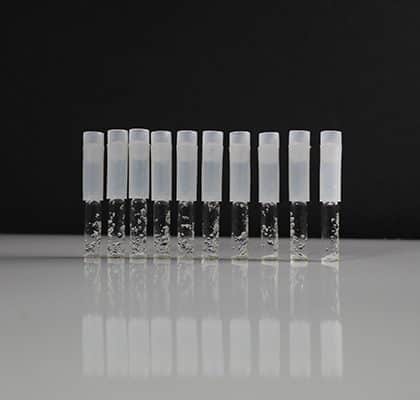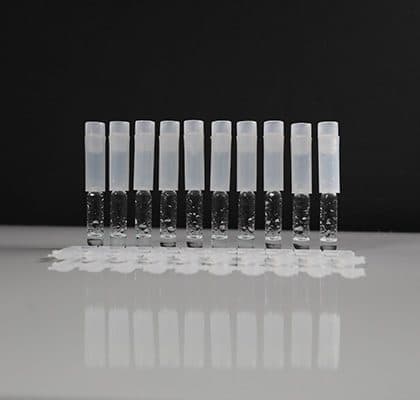San Pedro Bridgesii seeds
€13,00 incl. vat
Discover the unique Trichocereus Bridgesii – San Pedro cactus. Originally from Bolivia, this distinctive cactus is cherished for its ornamental appeal and mild psychedelic effects. Whether grown indoors or outdoors, it thrives in sunny conditions and adds a striking presence to any collection.
Grow your own! Contains 100 seeds.
What is Trichocereus Bridgesii?
The Trichocereus Bridgesii – San Pedro cactus is a lesser-known member of the Trichocereus genus. Recognized for its tall, columnar shape and distinctive ridges, it has become a sought-after plant among collectors. While it contains lower amounts of mescaline than other Trichocereus species, its effects are still valued for their sensory enhancements, including vivid visual experiences.
Botanically reclassified as Echinopsis Lageniformis, this cactus is also commonly referred to as the “penis plant” due to its unique shape. Despite its psychedelic reputation, it is widely appreciated as an ornamental plant. Many enthusiasts cultivate it not only for its aesthetic appeal but also for its cultural significance in traditional medicinal practices.
History of Trichocereus Bridgesii
The origins of Trichocereus Bridgesii – San Pedro cactus trace back to Bolivia, where it has long been utilized for its medicinal and spiritual properties. Indigenous cultures have historically incorporated this cactus into rituals, valuing its effects for both healing and introspective purposes.
The name “San Pedro” refers to Saint Peter, the Christian saint believed to hold the keys to heaven. This suggests a historical belief that the cactus could unlock profound experiences or insights. Over time, it has gained global recognition, with various cultivars developed through cloning techniques to preserve its most distinctive growth patterns.
Even with its reclassification under the Echinopsis genus, the traditional name Trichocereus Bridgesii remains widely used. Understanding its history offers insight into the cultural and botanical significance that has made this cactus an enduring favorite.
How to Use Trichocereus Bridgesii
Cultivating Trichocereus Bridgesii – San Pedro cactus is a rewarding experience for both beginners and seasoned growers. It can be grown indoors or outdoors, provided it receives ample sunlight. While it thrives in direct sun, it is best to place it in a spot where it gets some shade during the hottest parts of the day.
The seeds should be planted in well-draining soil to prevent root rot. A mixture of sand, perlite, and cactus potting mix creates an ideal growing medium. Germination requires warmth and moisture, but once the cactus is established, it becomes highly drought-resistant.
Patience is key when growing this cactus, as it takes time to mature. Regular but moderate watering is essential, and it is best to allow the soil to dry out between waterings. Experimenting with different light and watering conditions will help determine the optimal environment for growth.
Ingredients of Trichocereus Bridgesii
The Trichocereus Bridgesii – San Pedro cactus consists primarily of plant tissues rich in alkaloids. The main active compounds include:
- Mescaline (in low concentrations) – A psychoactive substance that contributes to the cactus’s sensory effects.
- Tyramine and Hordenine – Naturally occurring alkaloids that play a role in the plant’s chemical composition.
- Cellulose and Fibrous Tissues – These provide the structural integrity of the cactus, giving it its characteristic columnar form.
Although the plant contains mescaline, its effects are considered milder compared to other species such as Trichocereus Peruvianus. This makes it a popular choice for those who prefer a subtler sensory experience rather than an intense psychedelic journey.
Warning
While Trichocereus Bridgesii – San Pedro cactus is often cultivated for decorative purposes, some jurisdictions regulate its use due to its mescaline content. Always check local laws before growing or using this plant for purposes other than ornamental cultivation.
| Gewicht | 4,5 g |
|---|---|
| Contents | 100 Seeds |
Do you ship to my country?
We ship to most EU countries. You can find these in the table below. We ship all our EU packages with DHL, DPD or PostNL depending on the area. This way we can deliver the best service possible. You will always receive a track and trace code to track your package from door to door.
| Country | Delivery | Costs | Free shipping |
|---|---|---|---|
| Austria | 2 - 3 | €11,95 | €125,- |
| Belgium | 1 - 2 | €7,95 | €125,- |
| Bulgaria | 6 - 8 | €22,95 | €125,- |
| Croatia | 3 - 5 | €18,95 | €125,- |
| Czech Republic | 2 - 4 | €15,95 | €125,- |
| Estonia | 4 - 6 | €17,95 | €125,- |
| France | 2 - 3 | €12,95 | €125,- |
| Germany* | 1 - 3 | €7,95 | €125,- |
| Greece | 6 - 8 | €23,95 | €125,- |
| Ireland | 3 - 4 | €19,95 | €125,- |
| Italy | 2 - 4 | €17,95 | €125,- |
| Latvia | 3 - 5 | €14,95 | €125,- |
| Lithuania | 3 - 5 | €21,95 | €125,- |
| Luxembourg | 1 - 2 | €11,95 | €125,- |
| Netherlands | 1 - 2 | €6,95 | €125,- |
| Poland | 2 - 3 | €15,95 | €125,- |
| Portugal | 3 - 4 | €20,95 | €125,- |
| Romania | 3 - 5 | €18,95 | €125,- |
| Slovakia | 3 - 5 | €16,95 | €125,- |
| Slovenia | 2 - 3 | €17,95 | €125,- |
| Spain | 2 - 3 | €17,95 | €125,- |
* To this country we don't send products from the categories: Seedshop & Shroomshop.
** Difficult to reach areas like Islands or other remote regions will cost €20,- more due to additional carrier fees.
Note: We try to ship all orders within 1 working day, all delivery times are estimated and can vary because of traffic and holidays.

